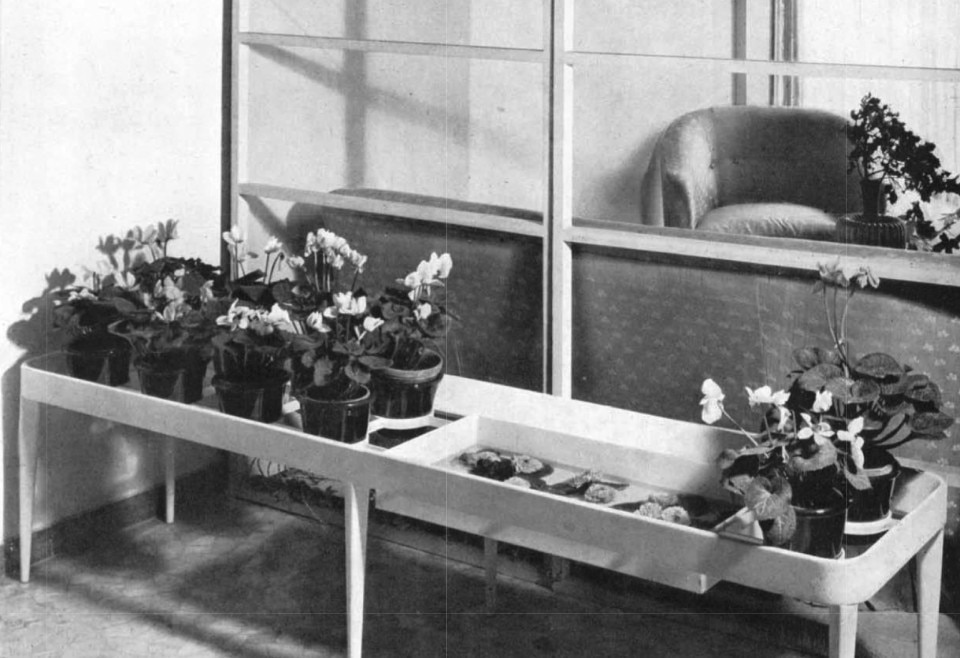“[...] Just when the home is closed and forbidden [...] to the outside world as if it were the only defense from an infection, as if it were really necessary to separate from nature as from evil, more than ever we return to the earth”. Believe it or not, this excerpt comes from an article entitled Why we love green published on Domus n°184 back in 1943. Yes, in 1943.
We encountered it while going through the magazine’s historical archive during a recent lockdown day and it surprised us because of the double and curious coincidence. On the one hand, the idea of the house as a refuge from an external evil - the infection - immediately brought us back to the current situation linked to the Coronavirus pandemic; on the other, the possibility to return to the earth as a remedy against urban alienation reflected our very own present mindset. Busy with our bodies and minds taking care of our houseplants and an improvised garden on our balcony, we were happy to note that, already 70 years ago, some people were aware of the importance of bringing soil, dust and, why not, some wild elements back in our modern lives disconnected from nature.
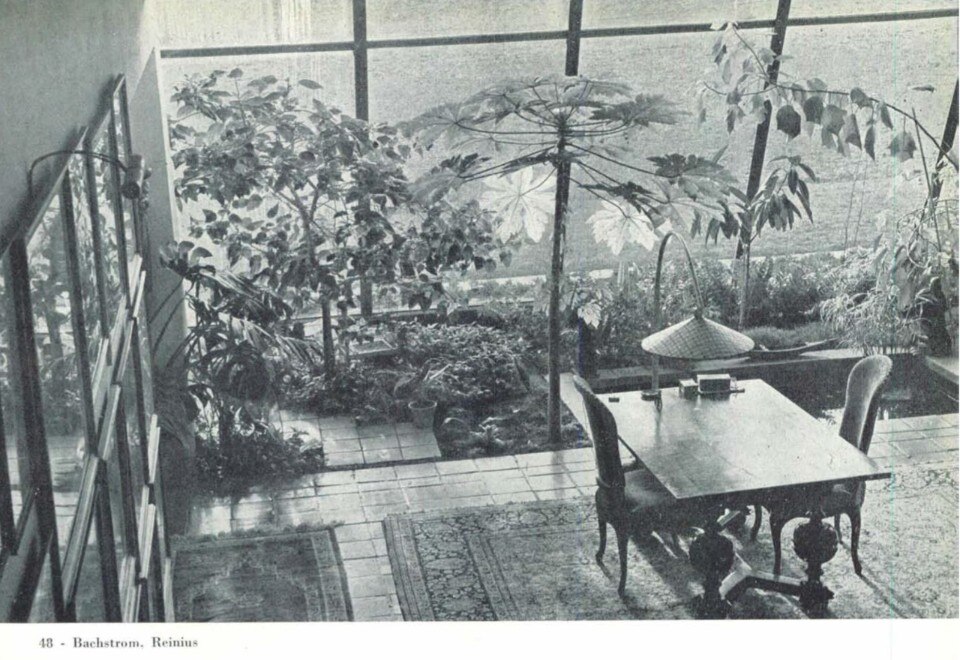
From reportages about innovative landscape design projects to reviews of the most suited specimens for city interiors - giant cyclamens and succulents being the most popular - plants can be found in almost all the early issues of Domus. The editors and contributors of the magazine portrayed them as aesthetic objects able to soften the too-hard angles of modern buildings or like functional assets that would allow the "landscape element to come indoor,” as underlines the article The green and the home published on Domus n°184 in 1943. A previous piece, which appeared on the 97th issue of the magazine in 1936, adds that the shapes and colours of their leaves and flowers can be "skilfully associated with fabrics."
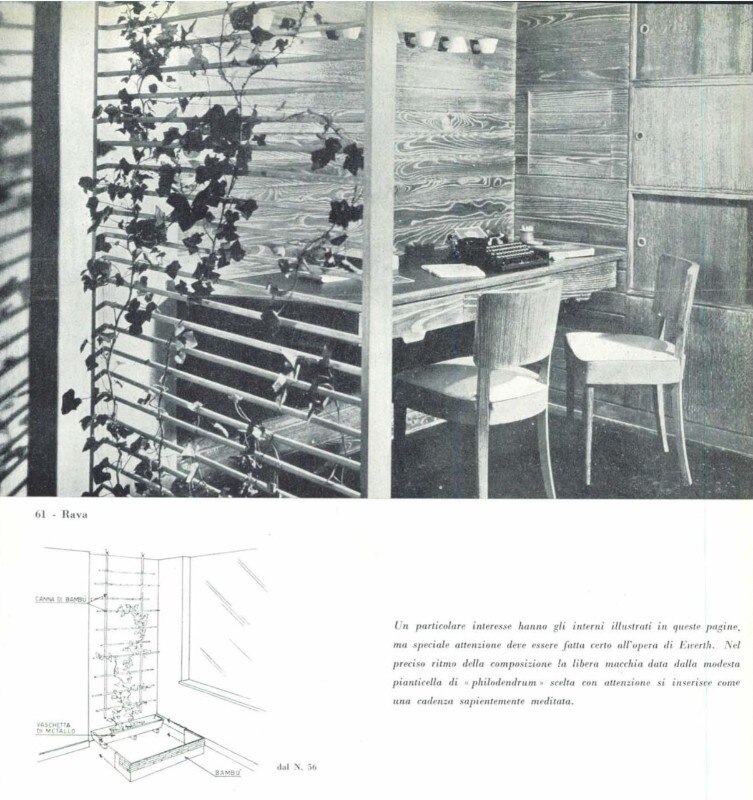
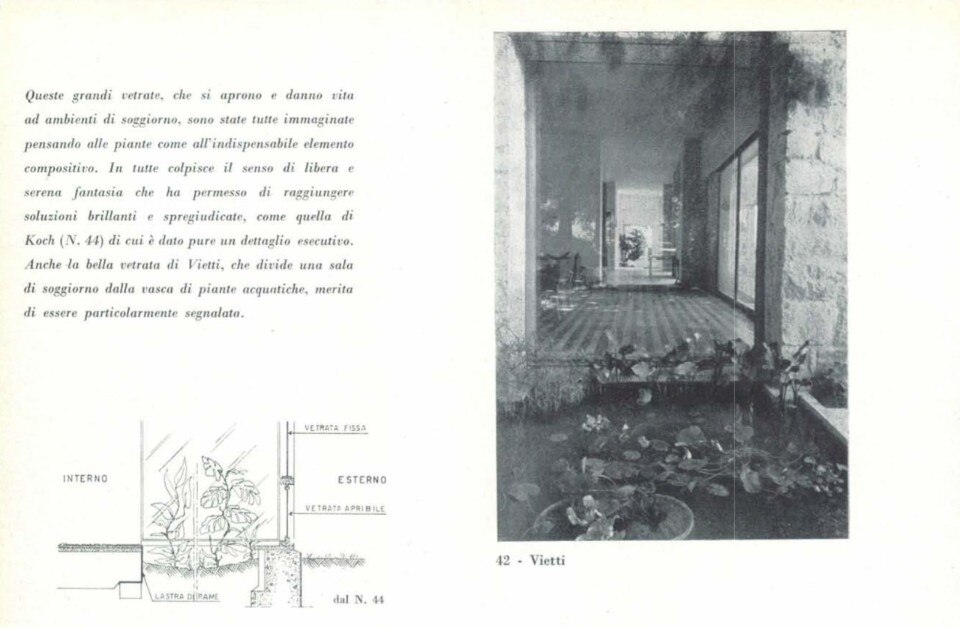
This versatility probably explains why "nobody has been able to truly renounce to plants," (The green and the home, Domus n°184, 1943) even those having "definitively abandoned the useless" (Why we love green, Domus n°184, 1943). Like peaceful assistants, plants probably appeared to the disciples of modernism as the perfect alternatives to the excessive frills of flamboyant furniture and richly printed wallpapers. Acknowledging the usefulness of greenery, prominent architects - from Alvar Aalto and the Eames, to William Beckett and Alvin Lustig - "turned to plants and flowers, with trust," explains the article Flowers at home from 1942 (Domus n°171).
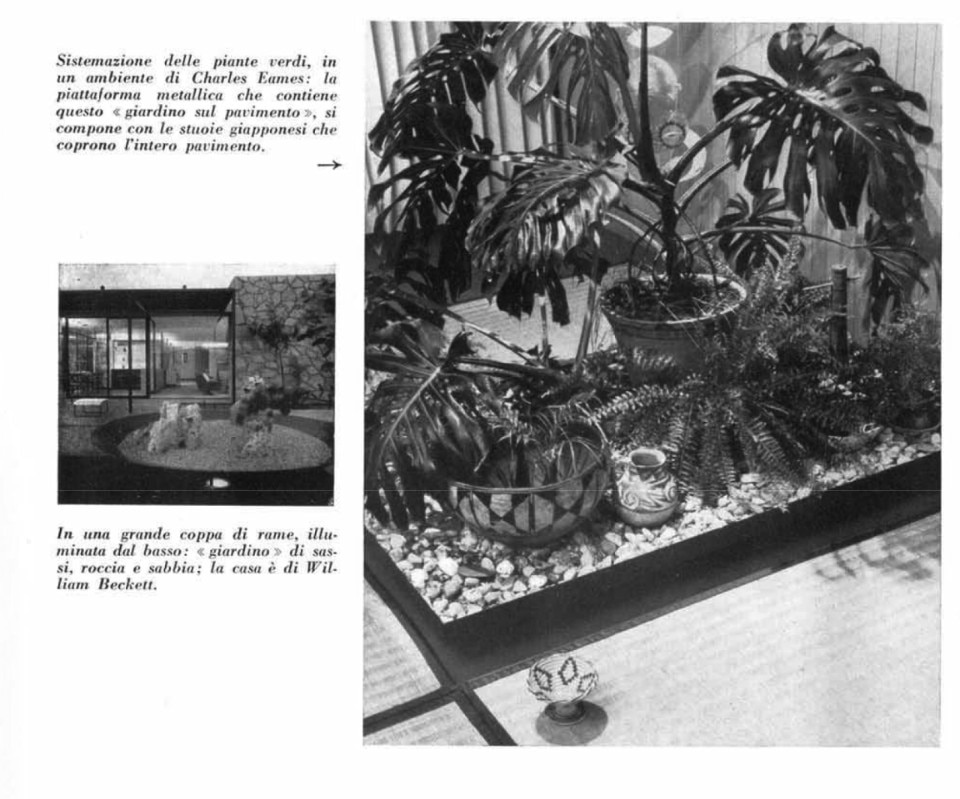
Interestingly enough, since its first issue in 1928 - and throughout the 30s, 40s and 50s - the magazine accompanied its architectural and design narrations with specific plant-care advice and gardening tips. Because, after all, what is the point of encouraging readers to swap dazzling decorations for real leaves and flowers, if they do not know how to take care of them?
Contributors such as Giulia P. Vimercati and landscape designer Maria Teresa Parpagliolo regularly provided useful directions in this sense. Attention was given to the characteristics of each specimen and to the skills one should cultivate to grow healthy plants.
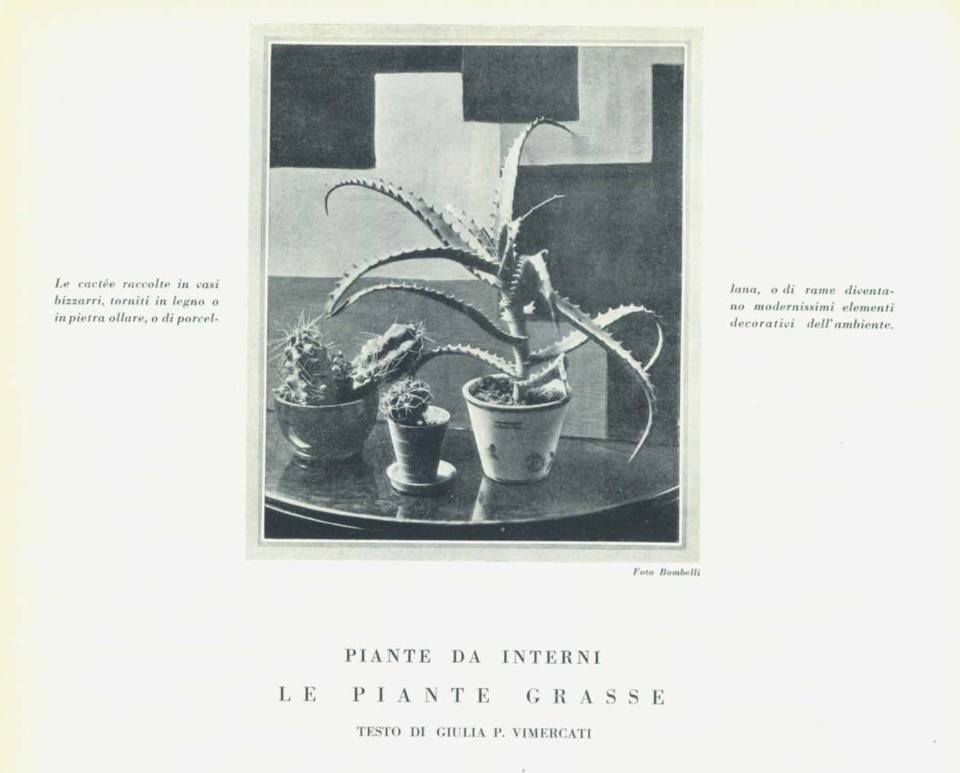
An article entitled How do you keep plants at home (Domus n°184, 1943), for instance, claimed that in order to properly look after plants, one must be at the same time good, curious, patient, indulgent and loving. But above all, "we must always keep in mind that plants are living beings and therefore - as such - have their incoercible necessities of life. If we keep them in our homes, or on the terraces, or on the balconies, they are our prisoners - like pets kept in captivity - and therefore we alone are responsible for their well-being because it is we who have drawn them, for our joy, from their natural environment where they easily find everything that is necessary for their prosperity," wrote the author.
In retrospection, this last piece - which highlights the complicated relationship between humans and plants - is particularly progressive and modern. Can we consider plants as mere decorative elements that we freely dispose of? After more than seven decades, this question remains unanswered.
This article was written by the curatorial team of Plant Fever in the frame of an investigation through the historical archive of Domus magazine about the representation and use of houseplants in modern interiors in the first half of the 20th century.
Preview image: photo Bernardo Ramonfaur on Unsplash


